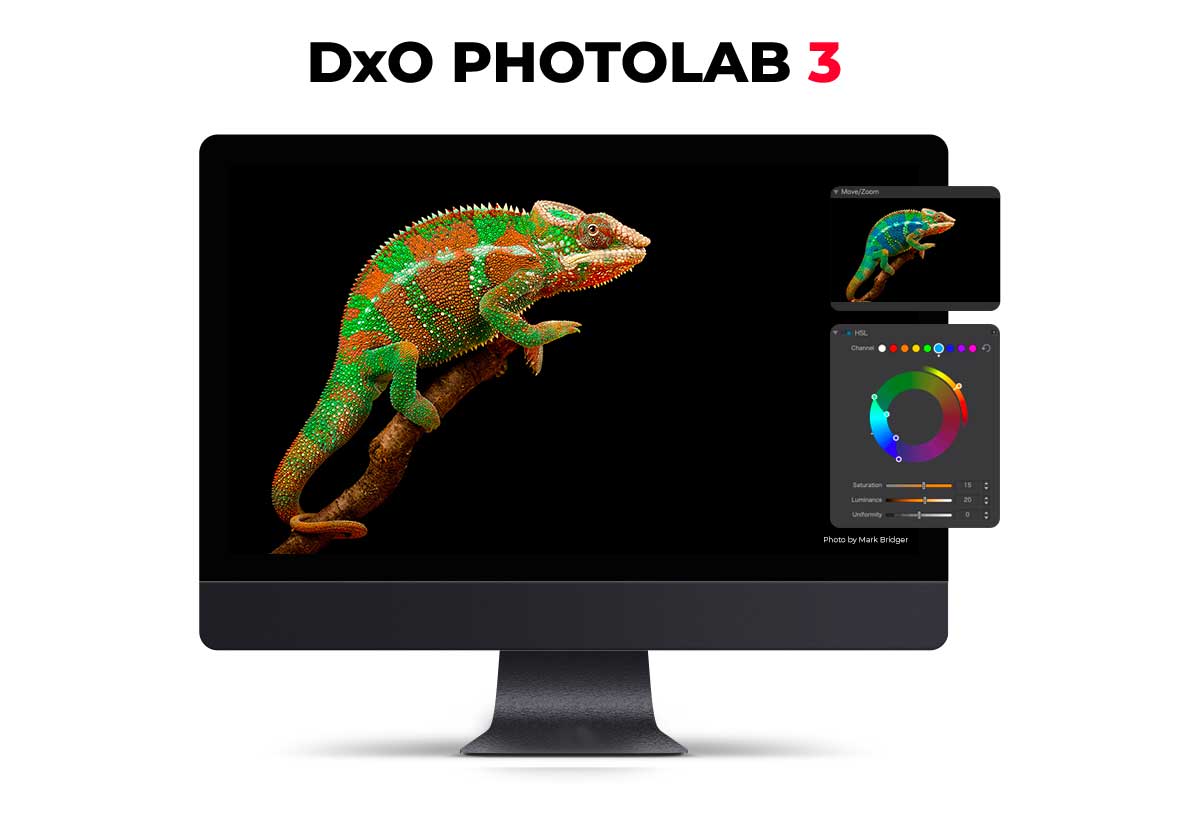


The great thing about DxO is that it applies a number of corrections based on tests of various camera and lens combinations and applies any number of corrections automatically, saving a lot of time in processing RAW images. DxO corrections (global) and local edits (u-point) Using DxO Photolab I then did my initial corrections. DxO PureRAW and DxO PhotoLab process RAW files from more than 400 digital cameras. Its a jpeg of a totally unedited RAW file, meaning that I have not applied any corrections or adjustments, it is as shot. 8 EX DG Macro Canon on Canon EOS 1Ds Mark III vs Canon EF 100mm f/2. Here you can see an image open in PhotoLab ready to start editing. I purposely underexposed the above image to ensure that I did not lose any detail in the highlights. In the example below, I have chosen to work with DxO and Nik Collection. After clicking the Local Adjustments button, right click on the image using your mouse. You should also select the Local Adjustments panel (2) when using Control Lines as it provides additional essential adjustments. This process allows me to take my RAW image, process it and output the file as a JPEG or TIFF for further work as necessary. To add a Control Line, you first need to click the Local Adjustments button at the top of the PhotoLab interface (1). The last two steps above are interchangeable depending on my final image. The diagram below helps to explain the differences I make a distinction between processing, editing and manipulating files. DxO Photolab 2 has to be the best image processor on the market, you might say there are some as good as DxO Photlab 2 but there are none better when it comes to processing your files.


 0 kommentar(er)
0 kommentar(er)
